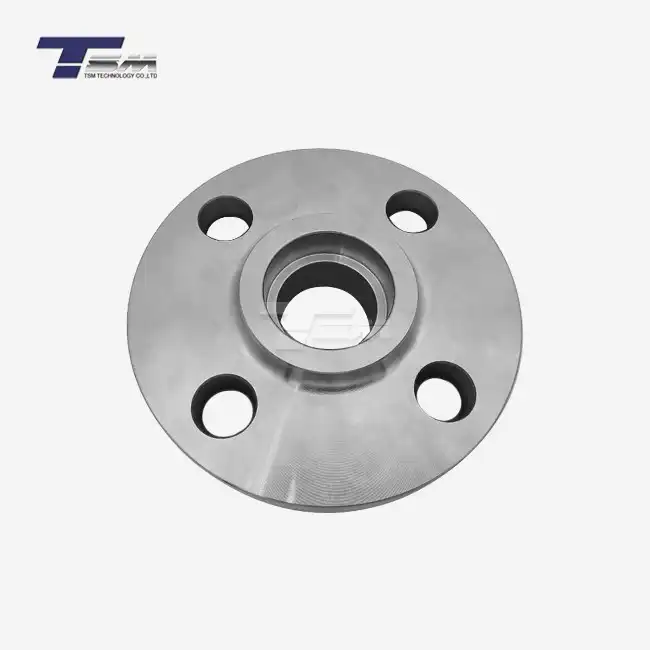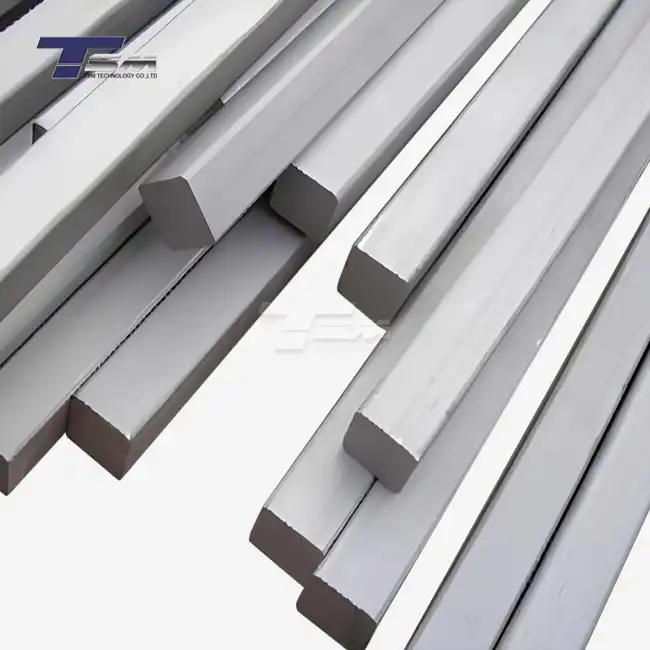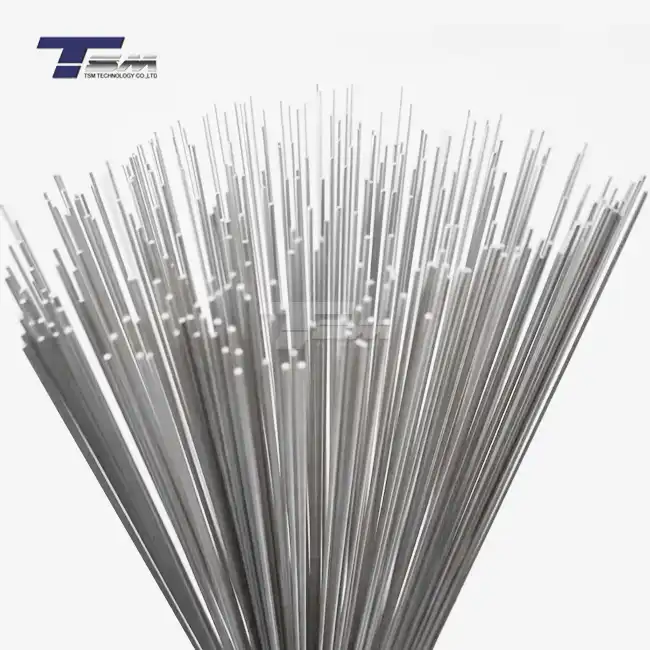- English
- French
- German
- Portuguese
- Spanish
- Russian
- Japanese
- Korean
- Arabic
- Greek
- German
- Turkish
- Italian
- Danish
- Romanian
- Indonesian
- Czech
- Afrikaans
- Swedish
- Polish
- Basque
- Catalan
- Esperanto
- Hindi
- Lao
- Albanian
- Amharic
- Armenian
- Azerbaijani
- Belarusian
- Bengali
- Bosnian
- Bulgarian
- Cebuano
- Chichewa
- Corsican
- Croatian
- Dutch
- Estonian
- Filipino
- Finnish
- Frisian
- Galician
- Georgian
- Gujarati
- Haitian
- Hausa
- Hawaiian
- Hebrew
- Hmong
- Hungarian
- Icelandic
- Igbo
- Javanese
- Kannada
- Kazakh
- Khmer
- Kurdish
- Kyrgyz
- Latin
- Latvian
- Lithuanian
- Luxembou..
- Macedonian
- Malagasy
- Malay
- Malayalam
- Maltese
- Maori
- Marathi
- Mongolian
- Burmese
- Nepali
- Norwegian
- Pashto
- Persian
- Punjabi
- Serbian
- Sesotho
- Sinhala
- Slovak
- Slovenian
- Somali
- Samoan
- Scots Gaelic
- Shona
- Sindhi
- Sundanese
- Swahili
- Tajik
- Tamil
- Telugu
- Thai
- Ukrainian
- Urdu
- Uzbek
- Vietnamese
- Welsh
- Xhosa
- Yiddish
- Yoruba
- Zulu
Inconel 600 vs. 601: Technical Product Analysis for Optimal Material Selection
Core Composition and Design Philosophy
The fundamental differences in composition drive each alloy’s performance in extreme environments:
Inconel 600 (UNS N06600):
Nickel (≥72%): Provides superior resistance to chloride stress corrosion and reducing acids.
Chromium (14-17%): Baseline oxidation resistance.
Iron (6-10%): Cost-balancing element.
Best for: Reducing environments, alkaline media, and electrical non-magnetic applications.

Inconel 601 (UNS N06601):
Chromium (21-25%) + Aluminum (1.0-1.7%): Forms a stable Al₂O₃/Cr₂O₃ oxide layer, enabling unmatched oxidation resistance up to 1,100°C.
Nickel (58-63%): Maintains corrosion resistance while optimizing cost.
Best for: Oxidizing atmospheres, sulfur/chloride-rich gases, and cyclic thermal exposure.
Table 1: Chemical Composition (%)
|
Element |
Inconel 600 |
Inconel 601 |
|
Nickel |
≥72 |
58-63 |
|
Chromium |
14-17 |
21-25 |
|
Iron |
6-10 |
Balance |
|
Aluminum |
≤0.3 |
1.0-1.7 |
|
Carbon |
≤0.15 |
≤0.10 |
2. Performance Comparison: Critical Engineering Properties
A. High-Temperature Stability
Oxidation Resistance:
Inconel 601 excels above 1,000°C due to its Al-reinforced oxide layer. At 1,000°C, it shows 3x lower oxidation weight gain vs. 600.
Inconel 600 degrades rapidly beyond 925°C due to the absence of aluminum.
Creep Strength:
Inconel 601 maintains higher stress rupture strength at 800°C (Al solid-solution strengthening).
Inconel 600 suits applications below 650°C (e.g., nuclear steam tubes).
Table 2: Mechanical Properties
|
Property |
Inconel 600 |
Inconel 601 |
|
Tensile Strength (MPa) |
550-690 |
600-750 |
|
Yield Strength (MPa) |
240-350 |
300-450 |
|
Max Service Temp (°C) |
925 |
1,100 |
B. Corrosion Resistance
Oxidizing Media (e.g., HNO₃):
Inconel 601 dominates (high Cr).
Reducing Media (e.g., HCl):
Inconel 600 performs better (high Ni).
Sulfidation/Chlorination:
Inconel 601 resists sulfur compounds (refineries) and chloride pitting.
C. Specialized Properties
Magnetic Response:
Both alloys are paramagnetic, but Inconel 600 has marginally higher permeability (1.010 vs. 1.003).
Fabrication:
Inconel 600 offers better cold workability; Inconel 601 requires controlled TIG welding to avoid HAZ cracks.
Application-Specific Recommendations
Inconel 600 Dominates In:
- Nuclear reactor components (steam generator tubes, control rods).
- Caustic soda evaporators (excellent NaOH resistance).
- Electronic parts require non-magnetic properties.
Inconel 601 Preferred For:
- Combustion chambers & turbine seals (jet engines).
- Furnace rollers, radiant tubes (1,100°C continuous service).
- Waste incinerators/petrochemical crackers (high H₂S resistance).
Economic & Longevity Analysis
Cost Premium: Inconel 601 costs 15–20% more than 600 due to higher Cr/Al content.
ROI Justification: Inconel 601’s extended service life in high-temp oxidative environments reduces replacement frequency. Example: Furnace components last 2–3x longer.
Buyer Tips:
Source 601 in bulk from specialty mills (e.g., ASTM B168 sheet).
For <800°C non-oxidizing settings, 600 °C offers optimal cost-efficiency.
Decision Flowchart: Selecting the Right Alloy
When to Re-evaluate:
For chloride-rich wet corrosion, consider Inconel 625 (not covered here).
If thermal cycling occurs, 601’s oxide layer stability prevents spalling.
Key Takeaways for Product Managers
Leverage Inconel 601 for gas turbines, heat treat fixtures, or sulfur-bearing streams.
Specify Inconel 600 for nuclear systems, alkaline processes, or cost-sensitive projects under 925°C.
Audit Environmental Factors: Prioritize Cr/Al content for oxidation vs. Ni for chemical reduction.
Lifecycle Costing: Factor in 601’s longevity premium against 600’s lower upfront cost.
Pro Tip: For foil applications (8–100 μm), Inconel 601 costs $27.50–56.00/kg vs. 600’s $24.75–44.00/kg – validate thickness tolerances per ASTM B168.
Final Thought: Inconel 601 dominates extreme oxidative stability, while Inconel 600 remains unmatched in reducing/alkaline corrosion. Audit your operating envelope – temperature, stress, and corrosives – before specifying.
Contact us
Write to us
visiting us
710065, 5th Keji Road, Gaoxin District, Shaanxi, China.
Fax
86 029 87547434
Contact directly
Learn about our latest products and discounts through SMS or email



_1739072401467.webp)